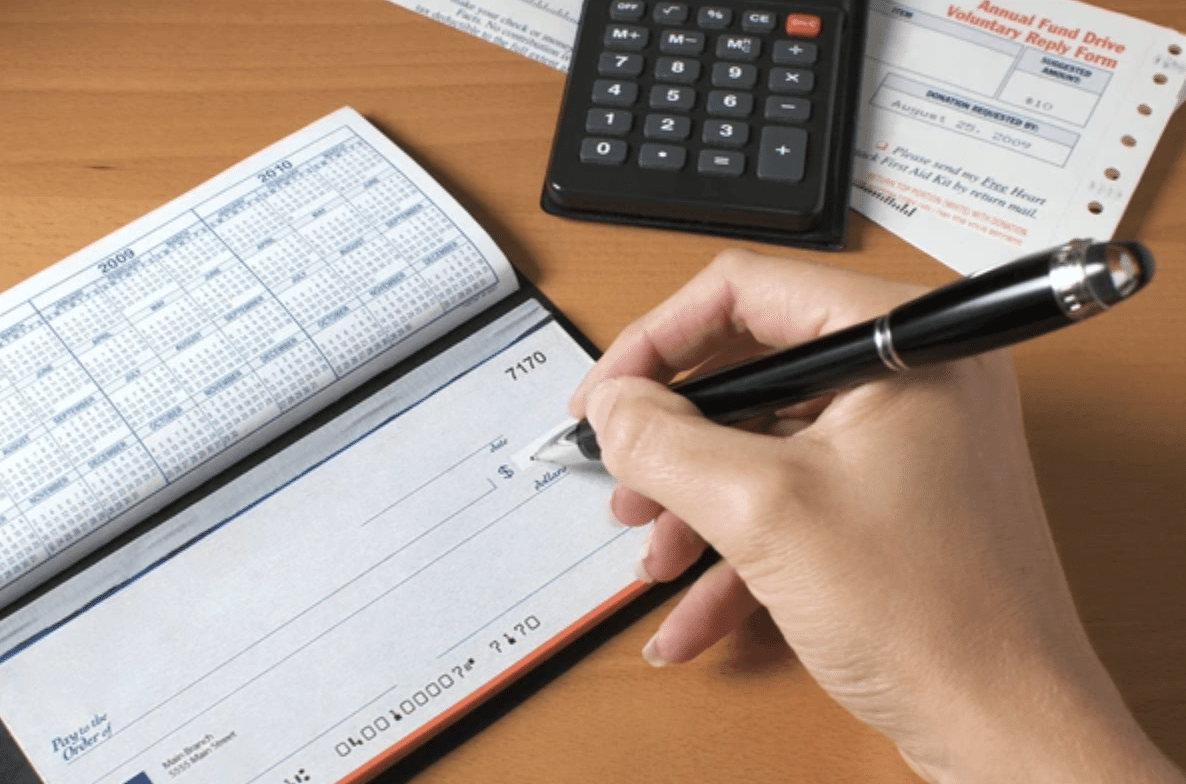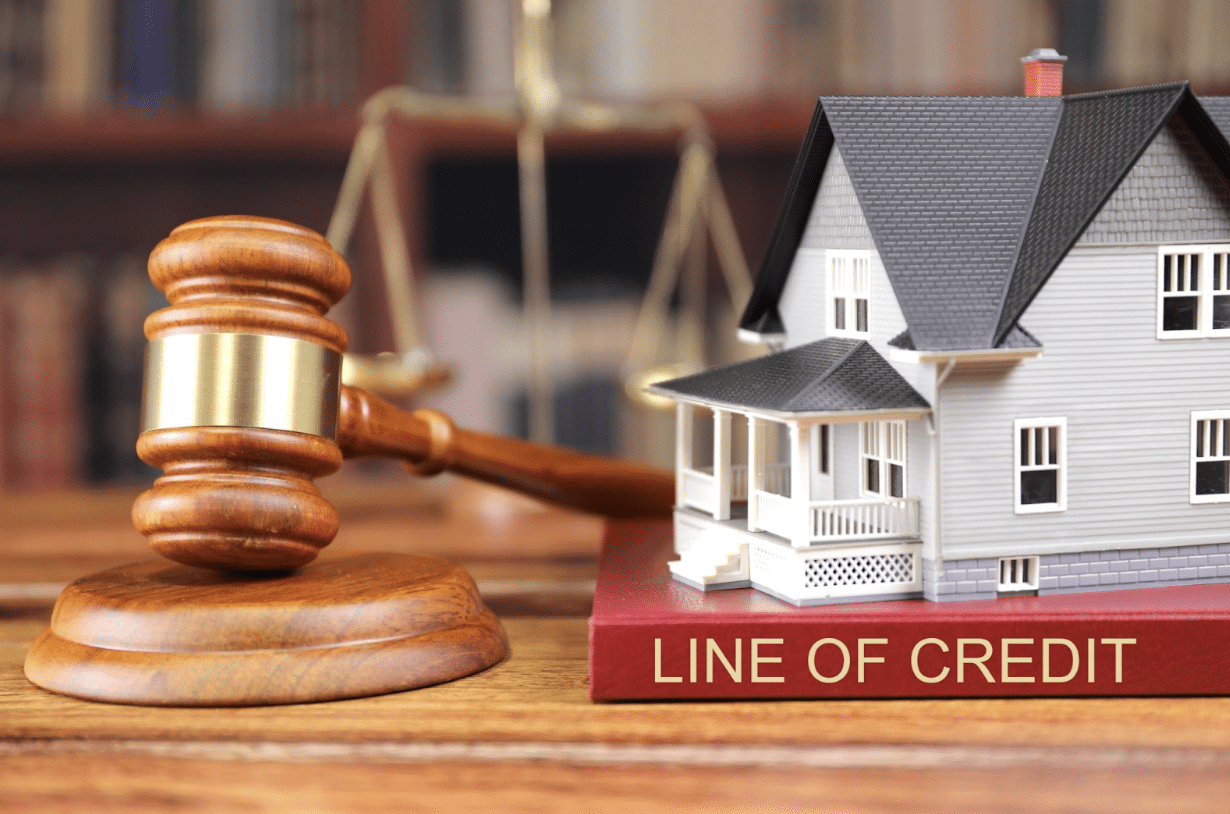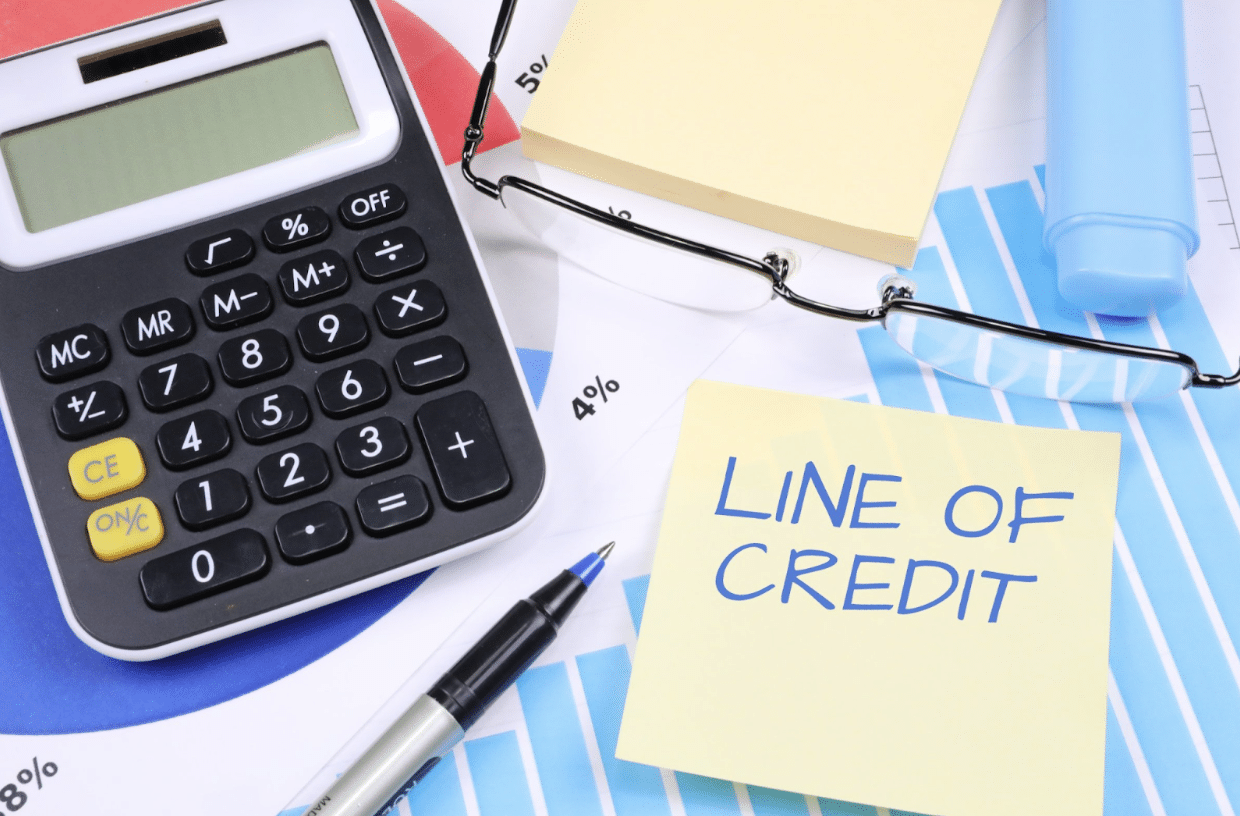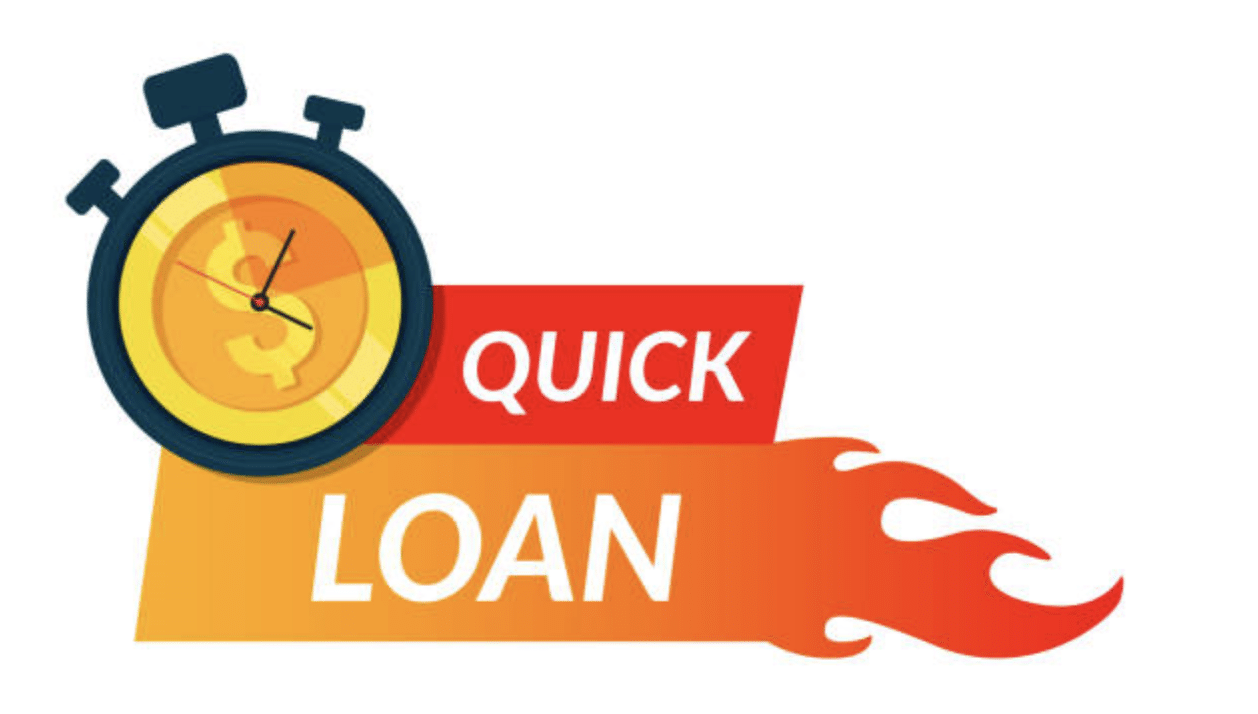Financial terminology and small business lending options can be tricky to understand, sometimes by design. When you factor in all of the different funding options, each with their own unique fees, cost structures, and rates, understanding and comparing them can be difficult.
There are two common types of rate structures used in small business lending: interest rates and factor rates. If you’re seeking funding for your business, it’s integral that you understand the cost of your loan or advance before you sign a contract—after all, you have to know what you’re agreeing to in order to make the right choice for yourself and your business.
This means knowing what an interest rate is and what a factor rate is, what the difference is between them, and how it impacts your terms.
Let’s explore these two types of rates:
Who uses interest rates and who uses factor rates?
Most funding options, including SBA loans, term loans, and other traditional forms of financing use an interest rate or “annual percentage rate” (APR) to represent the total cost of your loan.
Other types of funding, including alternative funding options like merchant cash advances (MCAs) or invoice factoring, use something called a factor rate. This may be the first time you have heard of factor rates and they may seem confusing, but they are surprisingly simple. We’ll explain how they work and how to calculate them below, but first let’s take a quick refresher on interest rates.
What is an interest rate?
An interest rate is the percentage of principal (i.e. total money loaned) charged by your lender to borrow money. It’s applied to your remaining balance each month and compounds (i.e. you are charged interest on your interest) as you pay off your loan.
The total interest accrued over the life of your loan varies depending on your term length, whether you miss payments, and which type of interest rate is applied to your loan, such as fixed or variable interest.














